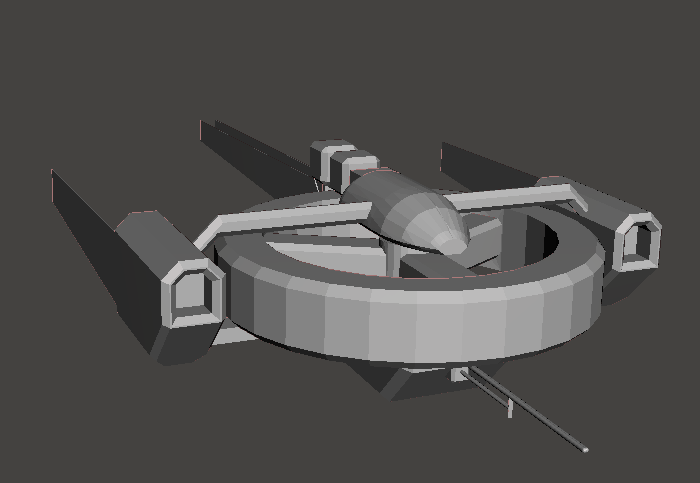ToteMaus
Member
Lore for The Adventures of the Ulster and her Crew, both Legal and Otherwise
I'll soon have this filled out with sketches, little blurbs, and other goodies!
See Main Thread: https://www.rpnation.com/threads/the-adventures-of-the-ulster-and-her-crew-both-legal-and-otherwise.139120/
I'll soon have this filled out with sketches, little blurbs, and other goodies!
See Main Thread: https://www.rpnation.com/threads/the-adventures-of-the-ulster-and-her-crew-both-legal-and-otherwise.139120/



